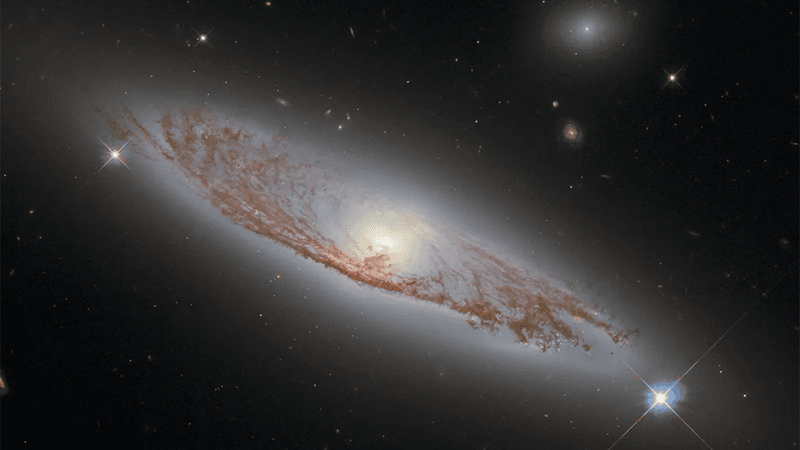Experiments at the Large Hadron Collider have shown that top quarks, the heaviest of all elementary particles, can end up being entangled. Such quantum entanglement is happening at the highest possible energy we have ever measured, 12 orders of magnitude higher than standard experiments.
The intriguing results were seen by the ATLAS experiment last year in preliminary results and it has now been confirmed by a fellow experiment, Compact Muon Solenoid (CMS). Both detectors report spin entanglement between top quarks with a statistical significance larger than five standard deviations. In physics terms, it means that it is definitely a detection and not a fluke.
"While particle physics is deeply rooted in quantum mechanics, the observation of quantum entanglement in a new particle system and at much higher energy than previously possible is remarkable,” ATLAS spokesperson Andreas Hoecker said in a statement. “It paves the way for new investigations into this fascinating phenomenon, opening up a rich menu of exploration as our data samples continue to grow."
Quantum entanglement is a fascinating state that does not happen at the level that we are at – only particles experience it. Basically, two or more particles being entangled means that they are in a single state. No matter how far apart they are, interaction with one will affect the other and that state will change immediately.
This might seem counterintuitive or breaking some law. How could a particle on Mars entangled with one on Earth change the state instantaneously? Shouldn’t the information be limited to the speed of light? Well, no information is passed through – it’s just the state has changed. Quantum entanglement remains mysterious and fragile: The state can be disturbed and the particles go back to being unconnected.
If quantum entanglement was not weird enough on its own, let’s look at the Top quarks. They are fundamental particles, like a heavier cousin of the up quark found inside protons and neutrons. Protons and neutrons are the particles that make up all the atoms in existence. Top quarks are so heavy that they have the same mass as a caffeine molecule.
They are also pretty unstable, decaying in 5×10−25 seconds. That interval is to one second like one second is to 100 million times the age of the universe. The decay, though, is very important and allows us to study so many intriguing other particles. In the case of this work, the CMS team also looked at top quark pair forming with very high momentum.
The pairs could not have sent information to each other without violating causality (and breaking the speed of light). But entanglement was still there as it was expected to be. With this confirmation, researchers can start understanding this quantum phenomenon at the current extreme of energy.
“With measurements of entanglement and other quantum concepts in a new particle system and at an energy range beyond what was previously accessible, we can test the Standard Model of particle physics in new ways and look for signs of new physics that may lie beyond it,” explained CMS spokesperson Patricia McBride.
The ATLAS paper is published in the journal Nature. The CMS first and second studies are currently available on ArXiv.




![An artist’s concept looks down into the core of the galaxy M87, which is just left of centre and appears as a large blue dot. A bright blue-white, narrow and linear jet of plasma transects the illustration from centre left to upper right. It begins at the source of the jet, the galaxy’s black hole, which is surrounded by a blue spiral of material. At lower right is a red giant star that is far from the black hole and close to the viewer. A bridge of glowing gas links the star to a smaller white dwarf star companion immediately to its left. Engorged with infalling hydrogen from the red giant star, the smaller star exploded in a blue-white flash, which looks like numerous diffraction spikes emitted in all directions. Thousands of stars are in the background.]](jpg/jet-m.jpg)
